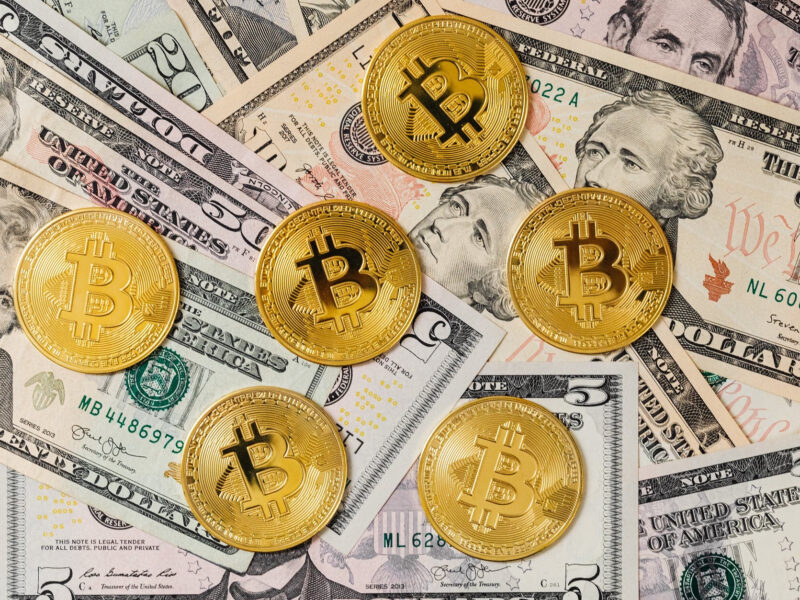Bitcoin (BTC) is a crypto asset (aka digital asset, digital property) based on a decentralized monetary network for which the monetary policy was preprogrammed at inception. Bitcoin was created anonymously in early-2009, and is based on blockchain technology. Global interest in BTC is increasing as stimulus-oriented expansionary monetary policies are debasing sovereign fiat currencies, and raising inflation concerns.
Crypto Asset. An asset is either a productive asset (e.g. stocks or bonds valued on cash flows) or a store of value (e.g. gold). Bitcoin is the latter – an electronic Store of Value (eSOV). Furthermore, Bitcoin property rights are protected using Public Key cryptography, which secures the underlying blockchain-based monetary network. Market participants commonly refer to BTC as a cryptocurrency, which can be misleading. The BTC network itself has only limited transactional abilities to serve as a full-fledged currency. However, Layer 2 capabilities like Lightening Network serve to expand transactional application capabilities based on BTC.
Decentralized Monetary Network. The BTC network is not owned or controlled by a central party, such as a Sovereign Central Bank or a private corporation. Instead it is comprised of internet-connected computers or computer clusters serving as mining machines or non-mining verification nodes. Mining machines actively compete with each other to validate a block of transactions roughly every 10 minutes. Verification nodes on the other hand participate in verifying the validity of the blockchain.
Preprogrammed Monetary Policy. The total number of BTC that will be generated is programmatically limited to 21 million. The rate of generating new BTC is also preset to issue a pre-programmed mining reward every 10 minutes, in exchange for a fully validated transaction block. The mining reward (number of BTC issued as reward) halves every 4 years, a process known as “halving”.


